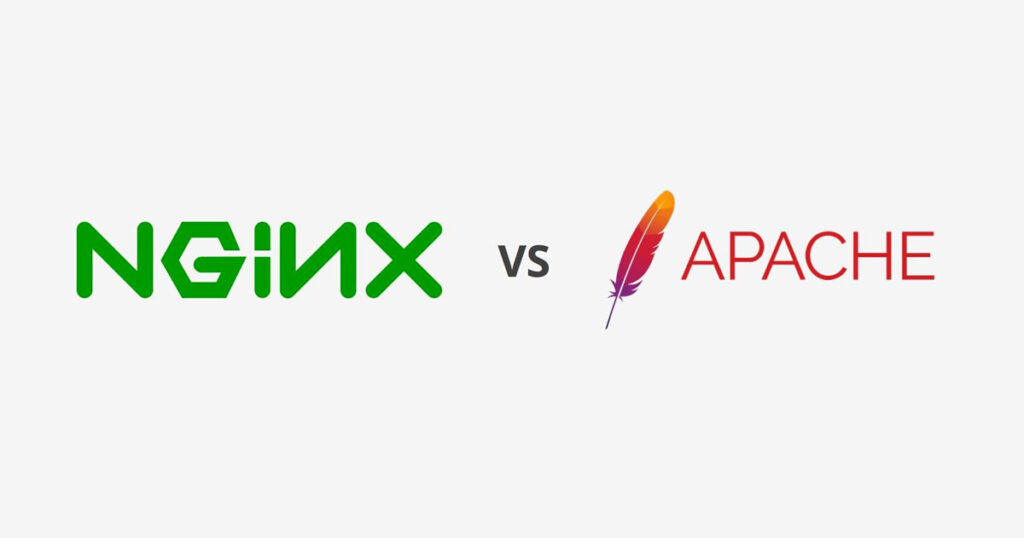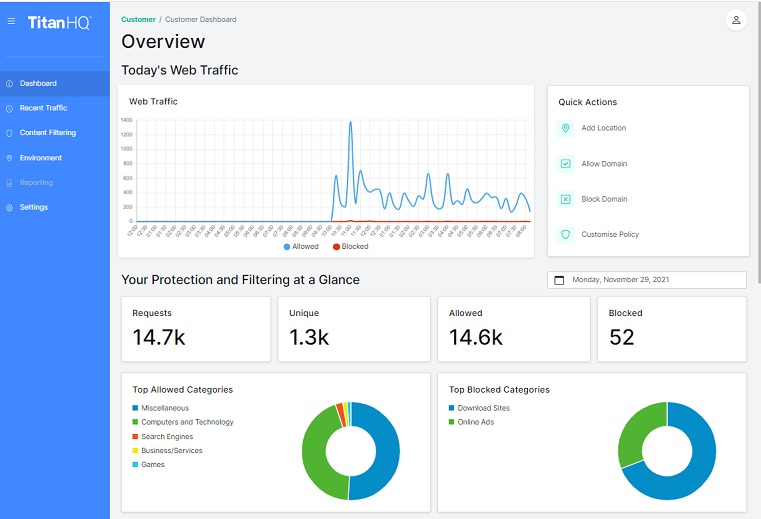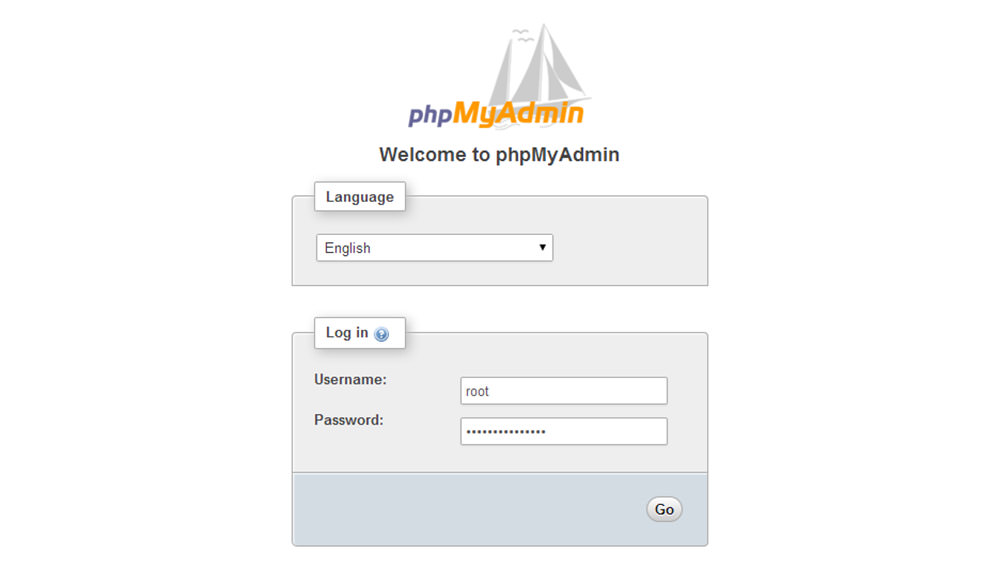
TFTP can be described as a simplified version the File Transfer Protocol. It uses UDP instead TCP and does NOT require authentication. This makes TFTP faster than FTP. However, there are differences between FTP (and TFTP). This article will discuss TFTP and its limitations. TFTP is not only fast, but it also lacks authentication. So, if you're trying to share files between two systems, TFTP might be a better option for you.
TFTP is a simplified File Transfer Protocol
TFTP (Transfer Protocol for Windows) is a simplified FTP. Unlike FTP, it does not use a logon mechanism or authentication. It sends all data in plaintext across a network. Malicious attackers can easily intercept it. TFTP is not a good alternative for sensitive data transfer. TFTP can still be used for bootstrapping.
TFTP is based on a client request to upload a file to a server. This request is also known to be a "connection request". The server must grant the connection request. The client will send the file once it has granted the request. The file is sent as blocks. The block size was 512 bytes. In the original TFTP protocol, this size was set to 512 bytes. Later protocols allow for client and server negotiation of block sizes. If the server rejects the client's request, the transfer is considered unsuccessful.
It lacks authentication
TFTP is a protocol for file transfer. It uses UDP port 1969 and requires no authentication. Using RFC 1350 datagram format, TFTP allows clients to read files from and write to servers. TFTP is not widely used on the Internet, despite this. TFTP is primarily used to send configuration files and ROM images to VoIP handsets.

TFTP was designed to perform the most basic file transfers and was published in 1980. It lacks authentication and is frequently found on a local network. An unauthorized user can access files uploaded to remote servers.
It uses UDP
To test if TFTP uses UDP, we can use tcpdump to inspect a TFTP packet. Basically, UDP dump will interpret a packet and print the RRQ (name of file) and the length in bytes. The opcode can be found in the first two bytes. Eight bytes of netascii will follow.
TFTP uses UDP port 69 in order to transfer files from and to remote servers. TFTP is not designed to provide encryption or authentication for clients. Your files cannot be accessed or altered by unauthorized parties. This protocol does not include directory contents.
It's faster than FTP
TFTP is a client-server application layer protocol. Although it's not as secure and reliable as FTP, TFTP is a fast alternative to FTP for file transfers. It is a good option for situations where directory visibility is not necessary, like backing up or updating files on an IOS device. It is more difficult to use when large files are transferred because it uses different methods than FTP.
TFTP uses the User Datagram Protocol, (UDP), to send files to and fro servers. It uses UDP port number 1969 to send files. This protocol is not secure and does not allow for user authentication. Instead, the client will send an acknowledgment to each data unit received and the server will send the next data unit. FTP is less complicated than TFTP. It's also easier to implement.

It lacks error checking
Trivial File Transfer Protocol TFTP (file transfer protocol) is a file transfer protocol. This protocol uses an internet connection to transmit files between a client computer and a server. This protocol is lightweight and simple to implement. It lacks the features of regular FTP such as error checking, user authentication and directory support. TFTP's errors often only concern file name problems and incorrect user credentials.
TFTP uses simple methods to reject corrupt files. TFTP is vulnerable to man-in the-middle attacks and encryption is recommended. TFTP's file transmission protocol has a limit 32 MB and 6-five hundred fifty thousand bytes each block.
FAQ
Does A Good Portfolio Make Me More Likely To Be Hired As A Web Developer?
Yes. When you are applying for a job as a web developer or designer, a portfolio is crucial. Your portfolio should show examples of your skills, experience, and knowledge.
A portfolio usually consists of samples of your past projects. These can be anything that shows off your skill set. Portfolios should contain everything, from wireframes, mockups, logos and brochures to websites, apps, and websites.
What Is Website Design Software?
Website design software is used by graphic artists, photographers, illustrators, writers, and others involved in visual media to create webpages and other digital materials.
There are two types main website design software options: desktop apps and cloud-based. Desktop apps are installed locally on the computer. You will need to install additional software. Cloud-based software is hosted remotely over the internet. It does not require you to install additional software, which makes them great for mobile users.
Desktop Applications
While desktop applications have more features than cloud-based options, they're not always needed. Some people prefer to work only from a desktop application because it is more convenient. Others like to use the same tool regardless of whether they are working on a laptop or a smartphone.
Cloud-Based Solutions
Cloud-based services are the best choice for web developers who want to save both time and money. These services allow you to edit any type of document from anywhere that has an internet connection. This means you can work on a tablet while waiting for your coffee to brew.
If you decide on a cloud-based solution, you will need to purchase a license. You will not need additional licenses to upgrade to a higher version.
You can use these programs to create web pages if you own a copy of Photoshop, InDesign, Illustrator, or another Adobe product.
Can I use HTML & CCS to build my website?
Yes! Yes!
You now know how to build a website structure. Now you need to learn HTML and CSS coding.
HTML stands for HyperText Markup Language. You can think of it as writing a recipe. You would list ingredients, directions, etc. Similarly, HTML tells a computer which parts of text appear bold, italicized, underlined, or linked to another part of the document. It's the language of documents.
CSS stands as Cascading Stylesheets. Think of it like a style sheet for recipes. Instead of listing all ingredients and instructions, you simply write down the basic rules for things such as font sizes, colors or spacing.
HTML tells your browser how to create a web page. CSS tells you how.
If you don't understand either of those terms, don't fret. Follow these steps to make beautiful websites.
Do I have to use a template?
Yes! When creating websites, many people use pre-built templates. These templates include all of the code required to display the information on your webpage.
Some of the most popular templates include:
WordPress - the most widely used CMS
Joomla - another popular open source CMS
Drupal – An enterprise-level solution used by large organizations
Expression Engine is a Yahoo CMS that allows you to create custom CMS sites.
You will find hundreds of templates for each platform. So it shouldn't be hard to choose the right one.
Statistics
- It's estimated that chatbots could reduce this by 30%. Gone are the days when chatbots were mere gimmicks – now, they're becoming ever more essential to customer-facing services. (websitebuilderexpert.com)
- Is your web design optimized for mobile? Over 50% of internet users browse websites using a mobile device. (wix.com)
- When choosing your website color scheme, a general rule is to limit yourself to three shades: one primary color (60% of the mix), one secondary color (30%), and one accent color (10%). (wix.com)
- Did you know videos can boost organic search traffic to your website by 157%? (wix.com)
- In fact, according to Color Matters, a signature color can boost brand recognition by 80%. There's a lot of psychology behind people's perception of color, so it's important to understand how it's used with your industry. (websitebuilderexpert.com)
External Links
How To
How to become a web developer?
A website is more than just HTML code. It's an interactive platform that allows you to communicate with users and deliver valuable content.
Websites are not just for information delivery; they can also be portals to your business. It should allow customers to quickly find what they need, while also showing how you want them interact with your business.
The best websites make it easy for visitors to find the information they seek and then to leave.
This requires you to acquire technical skills as well design aesthetics. You'll have to understand the basics of HTML5 coding and CSS3 styling and the latest developments in JavaScript and other programming languages.
Also, you'll need to learn how to use tools like Photoshop, Illustrator, InDesign and Fireworks. This allows designers to create and edit web graphics and layouts. The style guide includes everything you need, from fonts, colors, and layout.
Start by researching articles and taking online courses if you are interested in becoming web designers.
It might take months or years to complete your degree program, but once you've earned a degree, you'll be ready to enter the workforce.
And don't forget to practice! The better you get at designing, the easier it will be for you to build great websites.